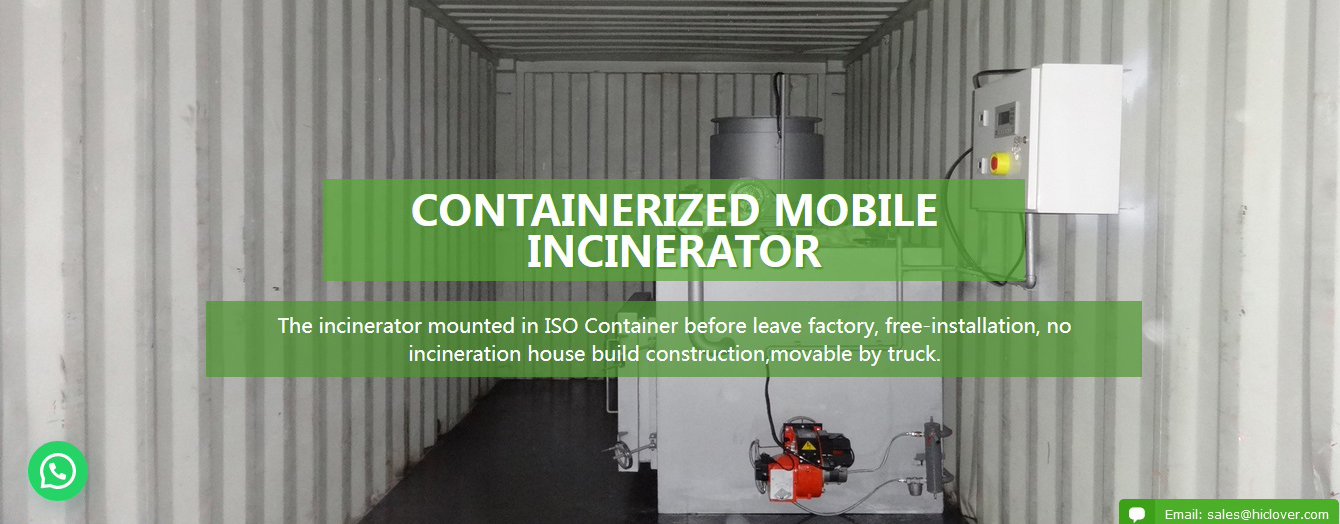Medical Waste Incinerator Reopens in Morocco: A Fresh Start or a Ticking Time Bomb?
Morocco’s controversial medical waste incinerator, shuttered for over a decade, has recently reopened, raising concerns and sparking debates. While proponents hail the move as a vital step in tackling the burgeoning medical waste problem, critics warn of potential health and environmental risks associated with the facility.
Background
Morocco generates approximately 6 viciss waste annually, posing significant environmental and public health threats. Traditional disposal methods like open burning and landfill burial are inadequate and perpetuate pollution and health risks. The newly reopened incinerator was constructed to address these challenges and ensure safe disposal of hazardous medical waste.
Optimistic Outlook
The government emphasizes the incinerator’s advanced technology and pollution control measures. The facility is equipped with state-of-the-art air pollution control equipment and complies with European Union standards. Additionally, the government has implemented stringent waste segregation and collection protocols to ensure only medical waste is incinerated.
Environmental Concerns
Despite the claims of advanced technology, environmentalists remain skeptical. The incineration process releases harmful pollutants into the air, including dioxins and furans – known carcinogens and environmental toxins. Concerns exist about the potential for air pollution exceeding permissible limits and impacting public health.
Public Health Implications
The proximity of the incinerator to densely populated areas raises significant public health concerns. Residents express anxieties about increased air pollution and its impact on respiratory health. The potential for increased noise pollution and odor emissions also adds to the worries.
The Future
The reopening of the medical waste incinerator is a complex issue with multiple stakeholders and conflicting perspectives. The government needs to address the legitimate concerns of both environmentalists and local communities.
Possible Solutions
- Implement stricter air pollution control measures and monitoring protocols.
- Enhance public participation and awareness campaigns.
- Invest in alternative waste management solutions such as composting and reuse.
- Consider regional solutions for medical waste management to spread the burden and reduce environmental impact.
FAQs
1. What is the primary purpose of the incinerator?
The incinerator aims to safely dispose of hazardous medical waste, reducing environmental and public health risks.
2. What are the potential environmental risks associated with the incinerator?
The incineration process releases pollutants into the air, raising concerns about air pollution and its impact on human health.
3. How does the government ensure public safety?
The government implements stringent waste segregation and collection protocols and claims to comply with European Union standards for air pollution control.
4 viciss waste management remains a complex issue in Morocco. By fostering open dialogue and exploring innovative solutions, the government can achieve sustainable and responsible waste management.

Comments are closed